I've been struggling with dodgy knees for much of this year. After I ramped up my training for Brighton Half Marathon in February, followed by Run Hackney in May they never really recovered.
I buried my head in the sand for a bit and filled my summer with ClassPass sessions, yoga retreats and occasional running hoping that a rest from pounding the pavements would sort things out.
Unfortunately these things are usually more complicated and I finally went for x-rays, and last week had a physio appointment to get to the bottom of the problem.
It transpires that my biomechanics aren't really suited to running, although I loved that my physio didn't try to tell me to stop! Instead she showed me on the x-rays that my kneecaps weren't tracking straight in their proper grooves, but were being pulled off to the side, causing rubbing and pain when running. This is partly how I'm built but also to do with tight muscles and lack of stabilisation.
More information here on Patella Femoral Syndrome.
If I try and do a standard quad stretch my foot doesn't normally come close to my bum, and trying to do a bridge pose is quite a challenge! How about you?
Essentially I need to do a lot more stretching and flexibility work than I have been doing, and then follow a program of strengthening to build up the control and hopefully keep my hyper-mobile, slightly double-jointed knees from doing their own thing!
It's not a short term fix though, and I will likely have to get into the habit of doing these exercises for as long as I want to continue running rather than an acute injury which can be rehabbed and recovered from. Still I'm hopeful, and generally feeling optimistic that I know more about the cause of the problem, rather than being told its just "a tight ITB, do this and it will go away".
The November issue of OM Yoga Magazine has a great feature on how yoga can be used to build strength, and is so much more than just stretching and relaxation.
Flexibility and Strength
A lot of the exercises people perform in a gym are muscle shortening (contraction), and with repetition a huge range of motion can be lost. Then although the muscles have a lot of power, the strength cannot be used effectively because the length of the muscle is restricted.
A lack of flexibility will increase the likelihood of injury because if you don't have the required range of motion to perform a particular action, then you will force it to happen through improper alignment or inefficient biomechanics.
Because yoga has a deep understanding of anatomy, physiology and biomechanics, physiotherapists often recommend it to their clients - I know I should definitely be doing more!
Yoga for Strength
Yoga develops your stability because many yoga postures are shapes that will challenge your body to stabilise itself. By holding poses with your body that have a narrow base of support - such as tree pose which requires you to stand on one leg- it will massively strengthen your stabiliser muscles.
Stability is extremely important - if you can't stabilise you won't be able to apply force. For example if you practise hand balancing yoga postures, then your bench press weight will go up and the further you will be able to throw something.
I'm trying to get into the habit of stretching every time I'm standing waiting for the kettle to boil while I make a cup of tea, or am brushing my teeth! I go back to the physio in a few weeks for my exercise program so I'll keep you posted.
Beki x
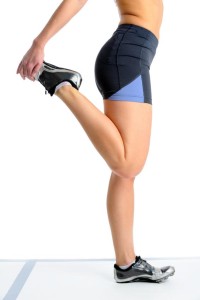
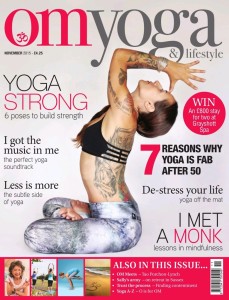
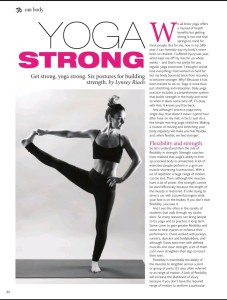
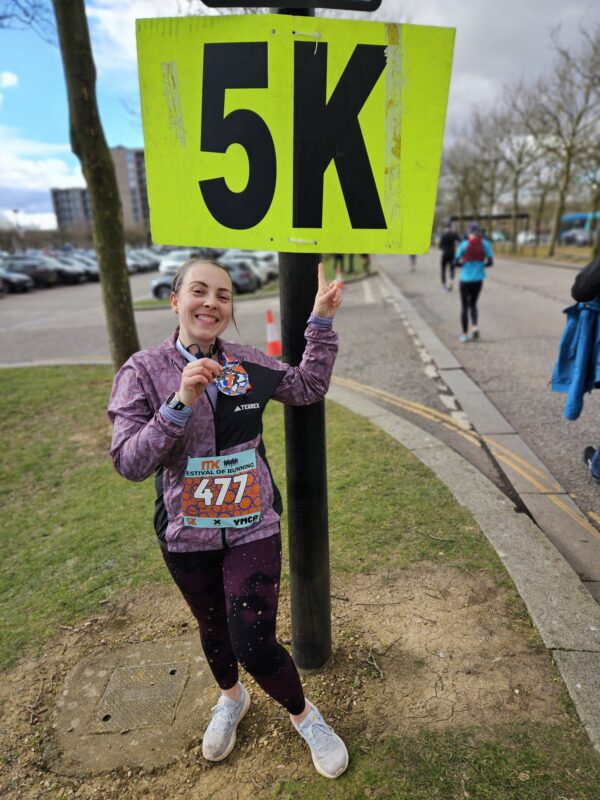
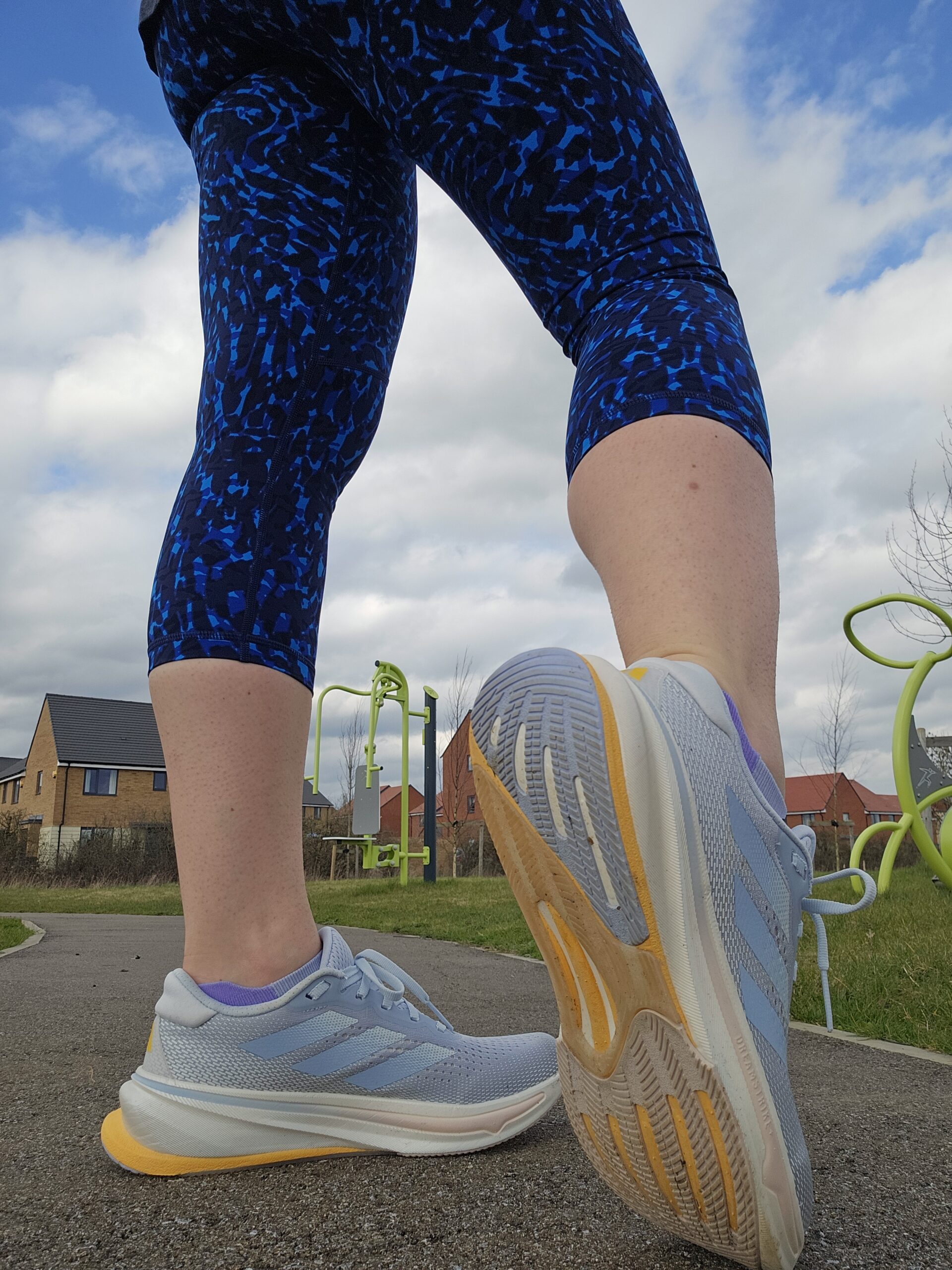
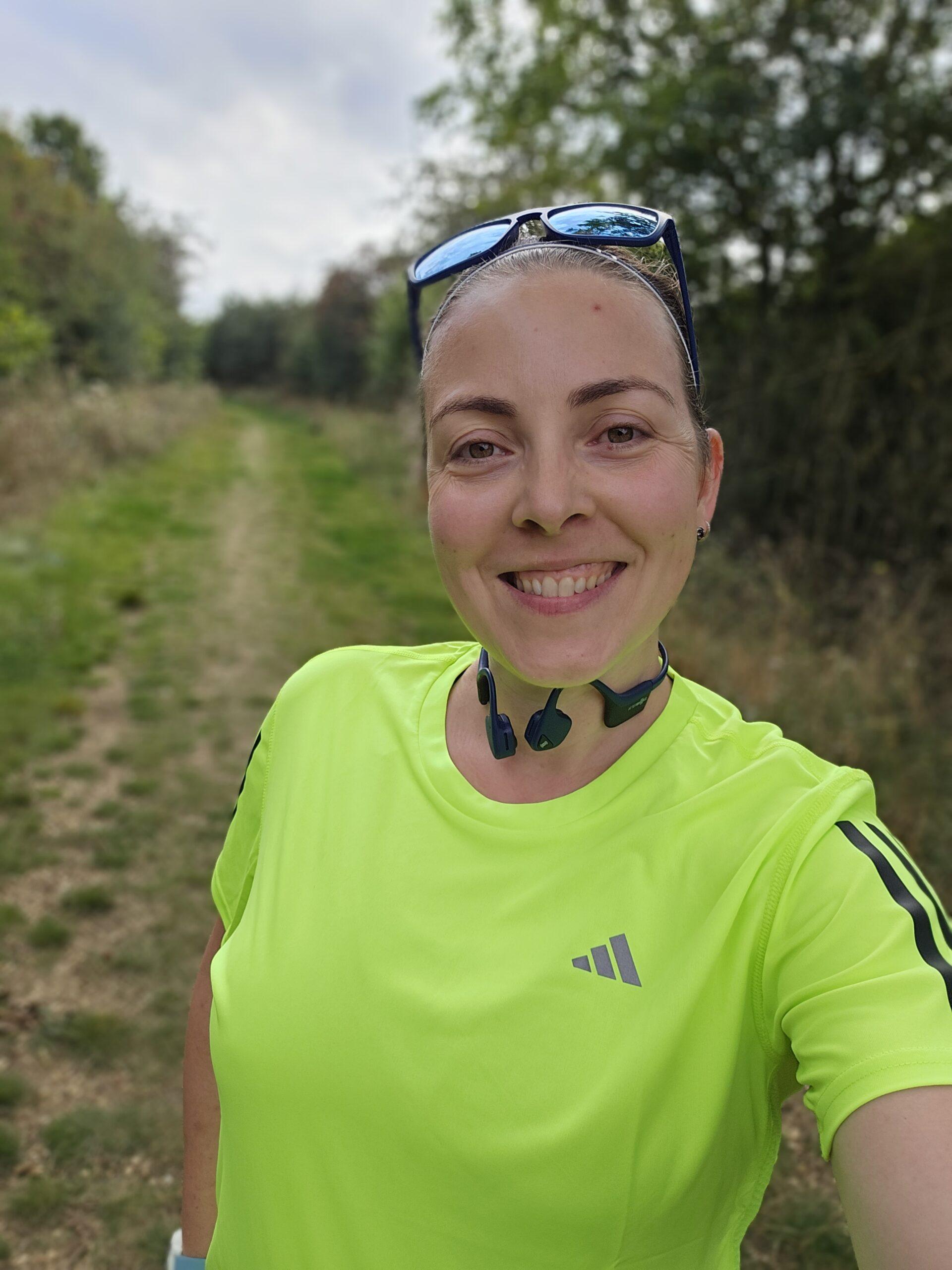
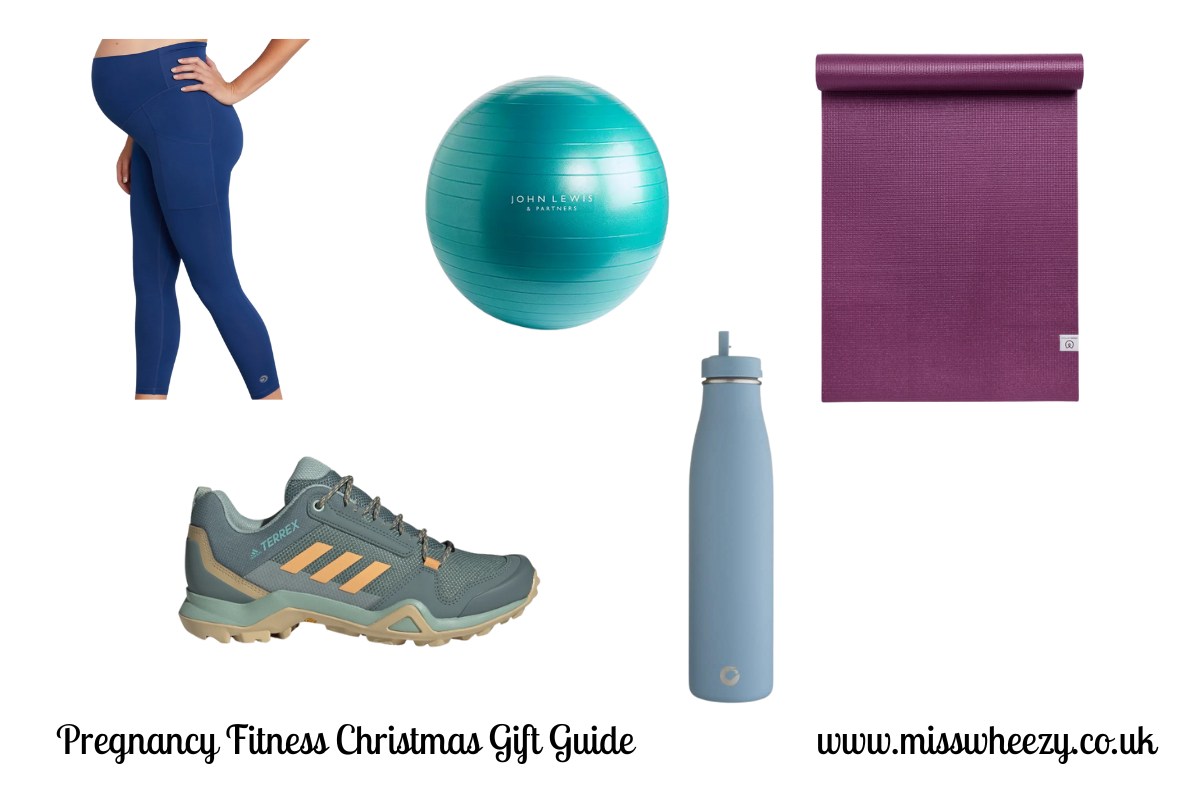

![[STANDALONE FARM] Tractor rides and farm animals galore at @standalonefarm yesterday! 🐖🐄🐑🐎🥰
I love working part-time and having Thursday and Friday as 'Mummy and Arthur days'. It's especially fun now the weather is warming up and we can take day trips to new places in the sunshine ☀️ 💛
My favourite part of our Good Friday adventures was the beautiful foal, Arthur's was definitely the tractors 🚜 - big and small! Swipe to see 👀
.
.
.
#outdoorbloggers #outdooradventures #outdoorfamily #lovetheoutdoors #standalonefarm #toddlerlife #toddleradventures #mumstagram #mumlife #dayoutwiththekids #goodfriday #easterweekend #bedfordshiremums #bedfordmums #BedfordshireDaysOut](https://www.misswheezy.co.uk/wp-content/plugins/instagram-feed/img/placeholder.png)